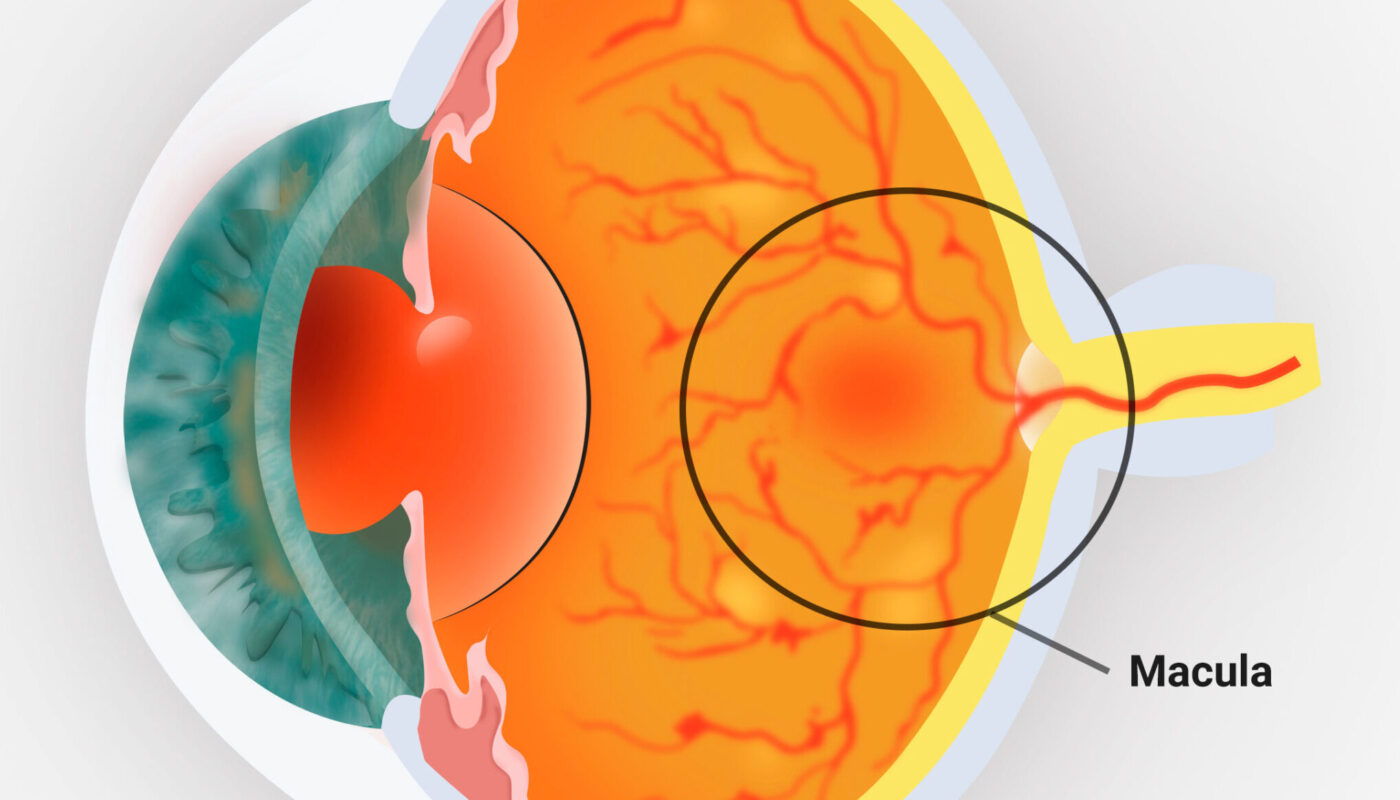Researchers at the University of Colorado School of Medicine, in partnership with Johns Hopkins University, have made significant progress in understanding the development of choroidal neovascularization (CNV) in patients with age-related macular degeneration (AMD). The study focuses on the role of oxidative stress and hypoxia in the progression of AMD and utilizes retinal organoids created by the ocular stem cell and regeneration research program, CellSight.
CellSight researchers utilize human-induced pluripotent stem cells to recreate human retinal tissue in the lab. These retinal organoids, also known as mini retinas, mimic the cellular organization of the human retina and have the ability to respond to light. Additionally, a tool called retinal pigment epithelium tissue, derived from stem cells, is used in conjunction with the retinal organoids to study the effects of oxidative stress and hypoxia on the development of AMD.
The findings of the research, published in Proceedings of the National Academy of Sciences, provide valuable insights into AMD, a leading cause of vision impairment worldwide. The study highlights the important role of retinal organoids in the search for effective treatments for this debilitating disease.
The development of the mini human retina system by CellSight researchers in 2014 has been a groundbreaking advancement in the field of stem cell research and modeling retinal diseases. This collaboration with Johns Hopkins University further demonstrates the versatility and impact of the retinal organoid technology in ophthalmology research, as it allows researchers to control the conditions the organoids are exposed to. In the case of this study, this involved creating a hypoxic condition by limiting the amount of oxygen.
By inducing hypoxia, the researchers were able to trigger mechanisms that could potentially prevent the development or progression of AMD. The ability to accurately mimic the conditions associated with AMD is a significant advantage for researchers. It provides a tangible model to study the mechanisms involved in the disease and opens up possibilities for identifying other potential treatments.
Valeria Canto-Soler, the director of CellSight, emphasizes the importance of this research in understanding AMD and finding cures for patients. AMD is the leading cause of blindness in developed countries, and with the projected increase in cases in the coming years, the need for effective treatments becomes even more critical. The goal of CellSight is to continue uncovering the mechanisms that contribute to the progression of AMD in order to develop effective therapeutic approaches.
The collaboration between CellSight and Johns Hopkins University concludes that maintaining a careful balance of hypoxia-inducible factor levels is crucial in preventing vision loss in AMD patients. Modulation of hypoxia-inducible factor could be a potential therapeutic approach for the treatment and prevention of AMD.
This study serves as a stepping stone towards further breakthroughs in AMD research. The team hopes that their findings will contribute to the development of more effective treatments and ultimately make a difference in the lives of AMD patients.
*Note:
1. Source: Coherent Market Insights, Public sources, Desk research
2. We have leveraged AI tools to mine information and compile it



